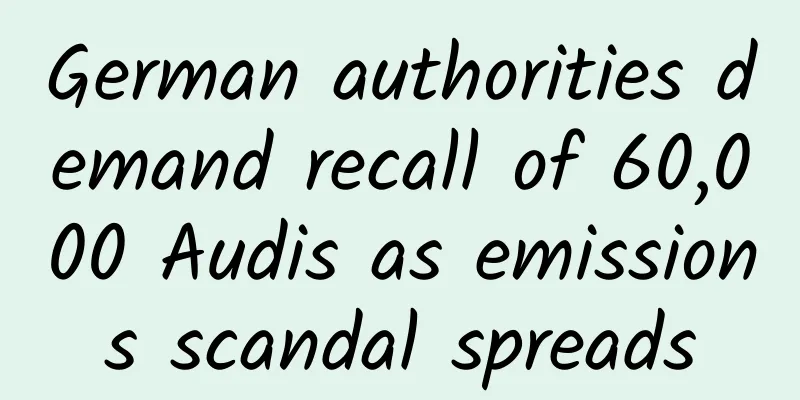Unbelievable! First discovery of Antarctic snow…

|
Researchers have discovered microplastics for the first time in fresh snowfall in Antarctica. The findings, published in the journal The Cryosphere, suggest that even remote Antarctic ecosystems are not immune to microplastic contamination. In recent years, scientists have found microplastic pollution near the summit of Mount Everest and in the Mariana Trench, the world’s deepest ocean trench. Now, the presence of these tiny polymers has also been reported on the frozen continent at the southern end of the world. Microplastics are polymer particles smaller than 5 millimeters but larger than 1 micrometer in diameter. They are ubiquitous in most parts of the world, in the air we breathe and in the dust that accumulates on floors. The researchers collected snow samples from 19 different locations in the Ross Island region of Antarctica and found that each sample contained an average of 29 particles. Most of the particles came from a type of plastic found in clothing and water bottles. "The incredible discovery of microplastics in fresh Antarctic snow highlights the extent of plastic pollution, even in the most remote regions of the world," Alex Ives, one of the lead authors of the study, said in a news release. Screenshot of the paper published in The Cryosphere journal. The ubiquity of microplastics has attracted increasing attention from researchers because they are associated with potentially irreversible negative environmental impacts and may affect human health. Early studies have shown that concentrated human exposure to microplastics may cause inflammatory responses and cell damage, but scientists say more research is still needed to understand the risks that microplastics may pose. To detect microplastics, researchers from the University of Canterbury in New Zealand analyzed samples collected from 13 remote sites on Ross Island and six sites close to a research station. After taking multiple measures to ensure that the samples were not contaminated, the researchers found an average of 29 individual plastic particles in each of the 19 melted snow samples. In total, the samples included 13 different types of plastic. Samples from remote locations far from Antarctica's scientific research bases contained fewer plastic particles. Polyethylene terephthalate (PET), commonly found in water bottles and synthetic clothing, was the most common plastic, found in about 79% of the samples. Copyright image, no permission to reprint Atmospheric models suggest that some of the plastic found this time may have traveled hundreds or thousands of miles to reach the world's southernmost continent, perhaps from New Zealand or the southernmost Patagonia region of Chile and Argentina. Additionally, the researchers said in the study that the plastics were more likely to have come from clothing, construction materials or markings at Scott Base and McMurdo Station, two research stations on Ross Island. Research shows that microplastics may pose a risk to Antarctica's food chain. Previous studies have shown that microplastics may disrupt the biological processes of zooplankton and affect Antarctic krill, which form the basis of the continent's food chain. At the same time, researchers also said that the presence of microplastics in penguin diets may also put penguins at risk of health. Source: Science Popularization China WeChat Official Account The cover and watermarked pictures of this article are from the copyright gallery. The pictures are not authorized for reprinting. |
>>: The super moon will appear! Come and see it tomorrow night
Recommend
How to monetize short videos in the medical and health field?
In the past few months, we have participated in t...
Meizu feels so wronged, Samsung stops selling 8895 chips, Meizu is suddenly confused
Some time ago, the Samsung 8895 chip was released...
WeChat, Taobao, etc. may usher in super regulation: strictly control privacy, monopoly and other behaviors
In recent years, with the rapid development of do...
Baidu SEM Bidder Practical Guide Tutorial
Chapter 1: How Bidders Achieve “Wild Growth” 1.1:...
Millions of IPs Create Science and Technology Talents to Strengthen the Country丨Not afraid of storms, "Nezha" has gone from science fiction to reality
In the world of science fiction, imagination ofte...
How does double-click wake-up work on smartphones?
There are many ways to wake up the screen, and th...
There are predictable winds and clouds in the sky! Fengyun-3G satellite was successfully launched. What are the highlights?
Your browser does not support the video tag Xinhu...
Are Taobao's daily specials reliable? It depends on two points!
Taobao’s Daily Specials is a Taobao event that ma...
A collection of operating methods for self-media platforms such as Baijiahao and Toutiaohao!
When Internet information became the most importa...
How do we know the age of Sanxingdui artifacts since there are no written records?
In recent years, the cultural relics unearthed fr...
2019 Advertising Monetization Insights Report!
In this article, we will continue to provide you ...
How to make voice interaction more natural? Master these 6 key knowledge points first!
I recently read a few very good articles about ro...
My dear, why are you hibernating in the snow? Aren't you cold?
In the last ten months of winter, when the snow i...
Zhang Xiaolong: I am deeply concerned about the impact of expanding the WeChat friend limit to 5,000 friends
Over the years since WeChat was born, the setting...
How to monetize TikTok? 6 cash-out modes!
Any operation that cannot be monetized and lacks ...









